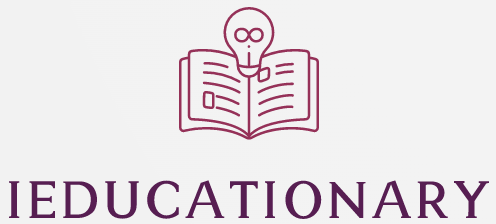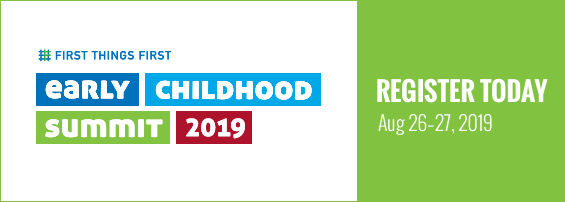For decades, research has indicated that the U.S. needs a universal preschool education program, which can lay the social and cognitive foundation for children. Unfortunately, not all communities are equipped to provide quality pre-k, and local leads have the best insight into what is needed in their communities. This article explores the challenges and benefits of having a universal pre-k program. We will discuss the quality of pre-k programs, and the ways local leaders can make a difference.
Pre-K program for 3-year-olds is a vision for universal preschool education
The new policy, 3-K for All, expands pre-K enrollment for three-year-olds to help working families. Developed by New York City Mayor Bill de Blasio during his mayoral campaign, this program was rolled out citywide in less than two years. Critics rarely give him credit for his success. The program currently serves 70000 children in the New York City public school system, more than the total number of students in entire school districts.
In New York City, the Mayor announced a plan to expand the free 3-K program to all three-year-olds by 2021. The program would benefit more children than any other city in the country. The New York City government estimates that it will enroll nearly 62,000 children in free preschool each year. The program will provide high-quality early childhood education to all three-year-olds.
Local leads are best positioned to know what a community needs
If you’re implementing a universal preschool education system in your community, consider working with your local lead. They know what a community needs, and are the best-positioned to build capacity within the community. They can help recruit families and providers, and allocate state funding to support the implementation. This article explores a few ways local leads can help implement a universal preschool education system in their community.
Quality feedback loop in preschool programs
In early childhood education, a quality feedback loop is essential to learning. Feedback should be meaningful, address child developmental needs, and reflect classroom values such as independence and effort. It is also one of the most important forms of formative assessment. Feedback helps children learn new skills, and prompts further investigation and discussion. According to the National Research Council, early childhood educators should give feedback to children in a timely manner to ensure their success.
During the instructional process, students need time to reflect on and apply their feedback. The “Golden Second Opportunity” is a crucial moment when students are given feedback. This is the moment in which the student takes ownership of the feedback. In this way, a student moves closer to reaching his or her day’s goals. Feedback in preschool programs should be focused on the learning process rather than on the result. The goal of the instructional process is to help students develop understanding of content.
Availability of high-quality pre-k
The availability of high-quality pre-k has positive impacts on academic achievement. Children in neighborhoods with high rates of poverty levels experience less quality pre-k environments than children in more affluent areas. A recent study from New York City found disparities between pre-k providers and the quality of children’s pre-K programs. In fact, the study found that access to high-quality programs in affluent neighborhoods largely explains the success of universal pre-k programs in the city.
High-quality pre-k programs have a variety of characteristics. They must be focused on academic instruction and coaching. Some features of a high-quality program include low staff-to-student ratios, an active classroom environment, and a strong instructional system. The availability of high-quality pre-k programs is a challenge in some areas due to staff turnover, enrollment levels, and government regulation changes.

